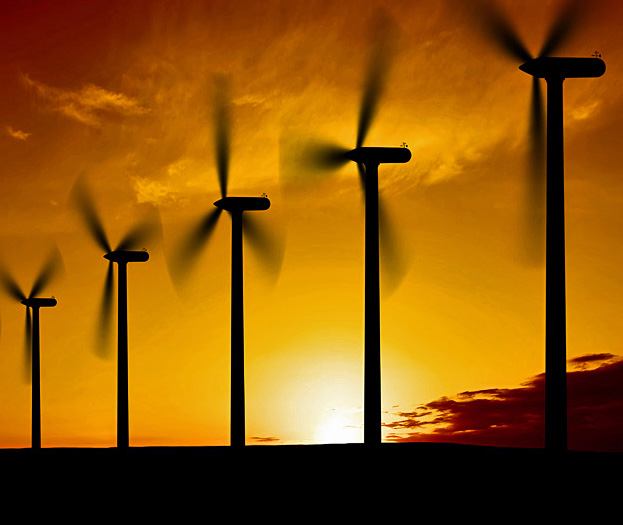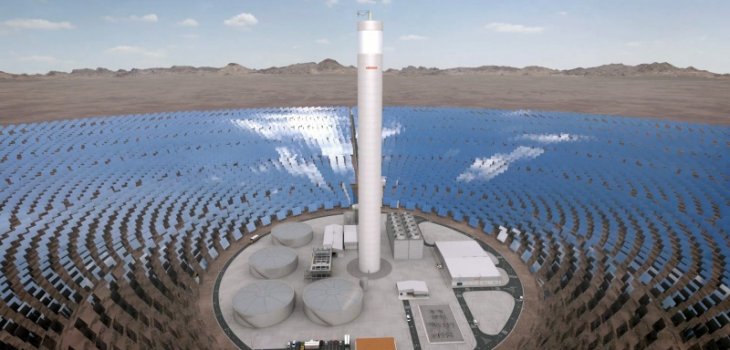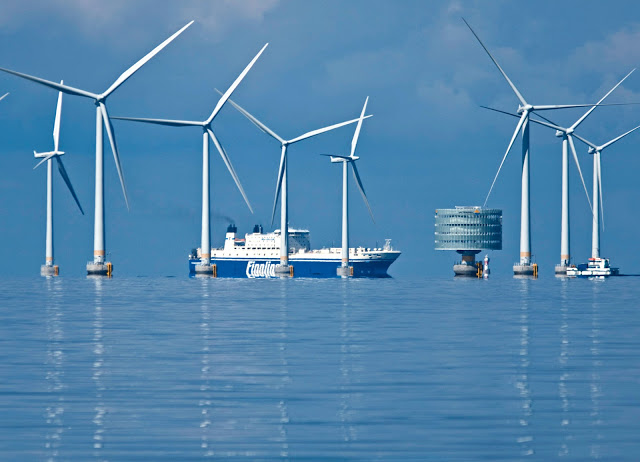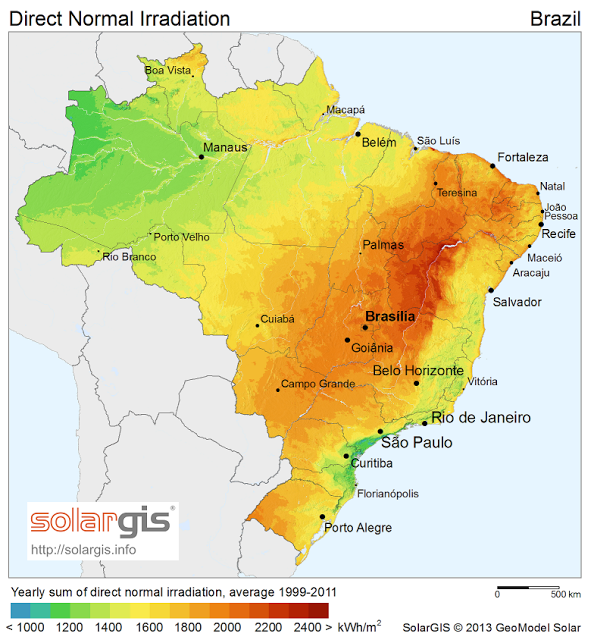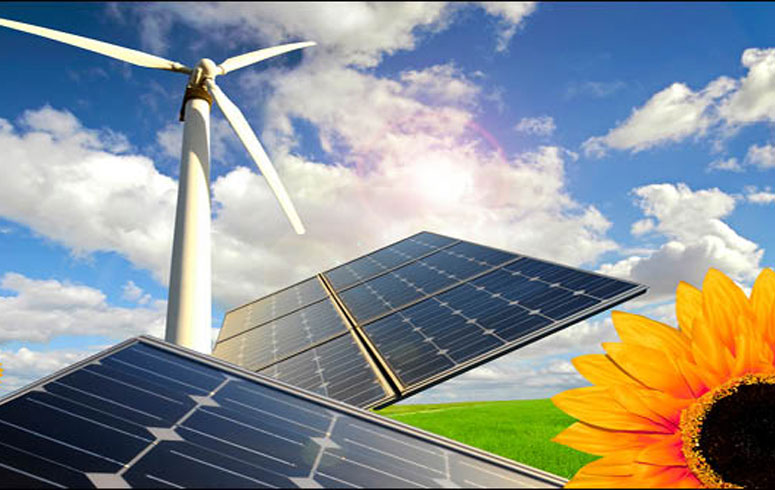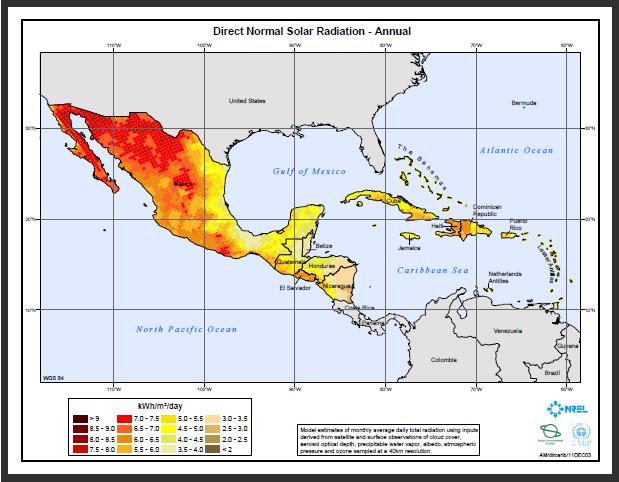La energía eólica dio muestras de buena salud en la Unión Europea en 2014, con 11.791 MW nuevos megavatios eólicos –un 5,3% más que el año anterior–, hasta alcanzar una capacidad acumulada de 128,8 GW, según los datos de la Asociación Europea de Energía Eólica (EWEA). De los 22 países que instalaron nueva potencia en el año, sólo cuatro estuvieron por debajo de España: Bulgaria, República Checa, Lituania y Estonia. Por el contrario, Alemania y Reino Unido, considerados un ejemplo por su política industrial y energética, acapararon el 59,5% de las nuevas instalaciones (ver ranking).
Potencia eólica instalada por países en Europa en 2014
Según el informe de EWEA, “2014 muestra el impacto negativo de la incertidumbre política, regulatoria y de mercado que invade Europa, con marcos legislativos inestables frenando las inversiones en eólica”. España es el mejor ejemplo de esta situación: según datos de la Asociación Empresarial Eólica (AEE), la potencia instalada eólica ha aumentado en tan solo 27,48 MW en 2014, el menor crecimiento en veinte años, como consecuencia de la inseguridad jurídica introducida por la Reforma Energética.
Dado además que el Gobierno no ha convocado aún subastas para la puesta en marcha de nueva potencia eólica, cabría pensar que su objetivo es que en los próximos años España siga quedándose al margen de un mercado en el que en Europa se han invertido un máximo de 18.700 millones de euros sólo en 2014. Sin embargo, a la vista de la Planificación Energética del Ministerio de Industria, Energía y Turismo para cumplir los objetivos europeos de consumo a través de energías renovables en 2020, sería necesario instalar entre 4.553 y 6.473 MW eólicos en seis años e invertir entre 6.000 y 8.700 millones de euros. A juicio de AEE, esto es imposible con una regulación retroactiva que permite modificar las condiciones económicas cada seis años sin que se conozca la metodología que se utilizará.
Sin embargo, en la memoria del borrador de Real Decreto por el que se modifican distintas disposiciones del sector eléctrico (en tramitación) el Ministerio dice haber detectado “la existencia de un número muy significativo de nuevos proyectos de generación de energía eléctrica, fundamentalmente de energías renovables”, por lo que ha decidido pedir garantías financieras de 20.000 euros por megavatio a todos los proyectos que soliciten el acceso a la red. Pero hay que tener en cuenta que los proyectos que en su día solicitaron conexión a la red lo hicieron cuando era gratuito, esperando que en el futuro se diesen de nuevo las condiciones adecuadas para invertir en el sector. Es poco probable que con las nuevas condiciones regulatorias los proyectos que realizaron las solicitudes en su día salgan adelante hoy.
En lo que se refiere al resto del mundo, el Global Wind Energy Council (GWEC) ha hecho públicas sus cifras, que muestran que después del parón de 2013, 2014 ha sido un año récord: se instalaron 51.477 MW eólicos en el mundo, lo que supone un aumento del 44% y sitúa la potencia instalada total en 369,55 GW.
China sigue siendo la locomotora mundial, con 23.351 nuevos megavatios eólicos, lo que supone el 45% de todo el crecimiento mundial. India fue el segundo país asiático que más instaló, con 2.315 MW. Esto sitúa a Asia como el mercado de mayor crecimiento de la eólica en el mundo: en 2014 se instalaron 26.161 MW. En Estados Unidos, otro de los mercados hacia los que mira España, se instalaron 4.854 MW en el año.
Es decir, que España sigue ocupando la cuarta posición del mundo y la segunda de Europa por potencia eólica instalada. Pero corre el riesgo de perder el liderazgo si el resto de países apuestan por fuerza por el sector mientras España fomenta su parálisis.



